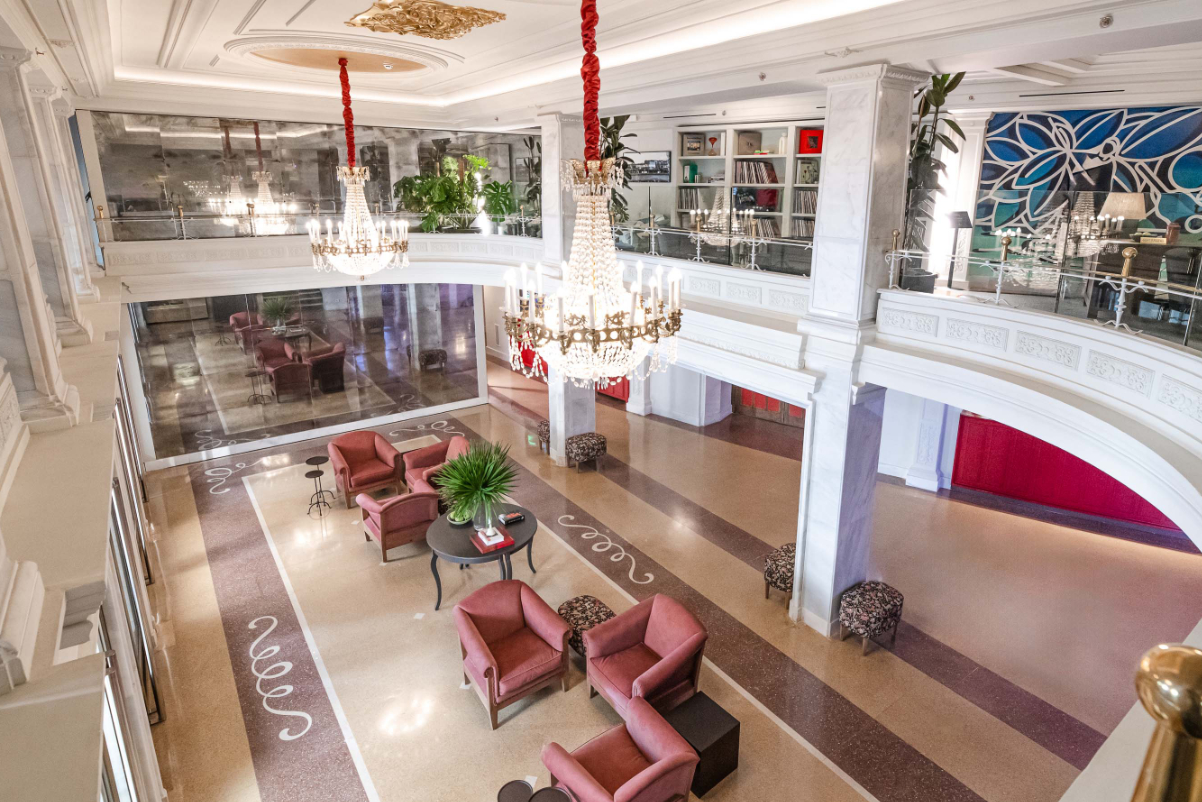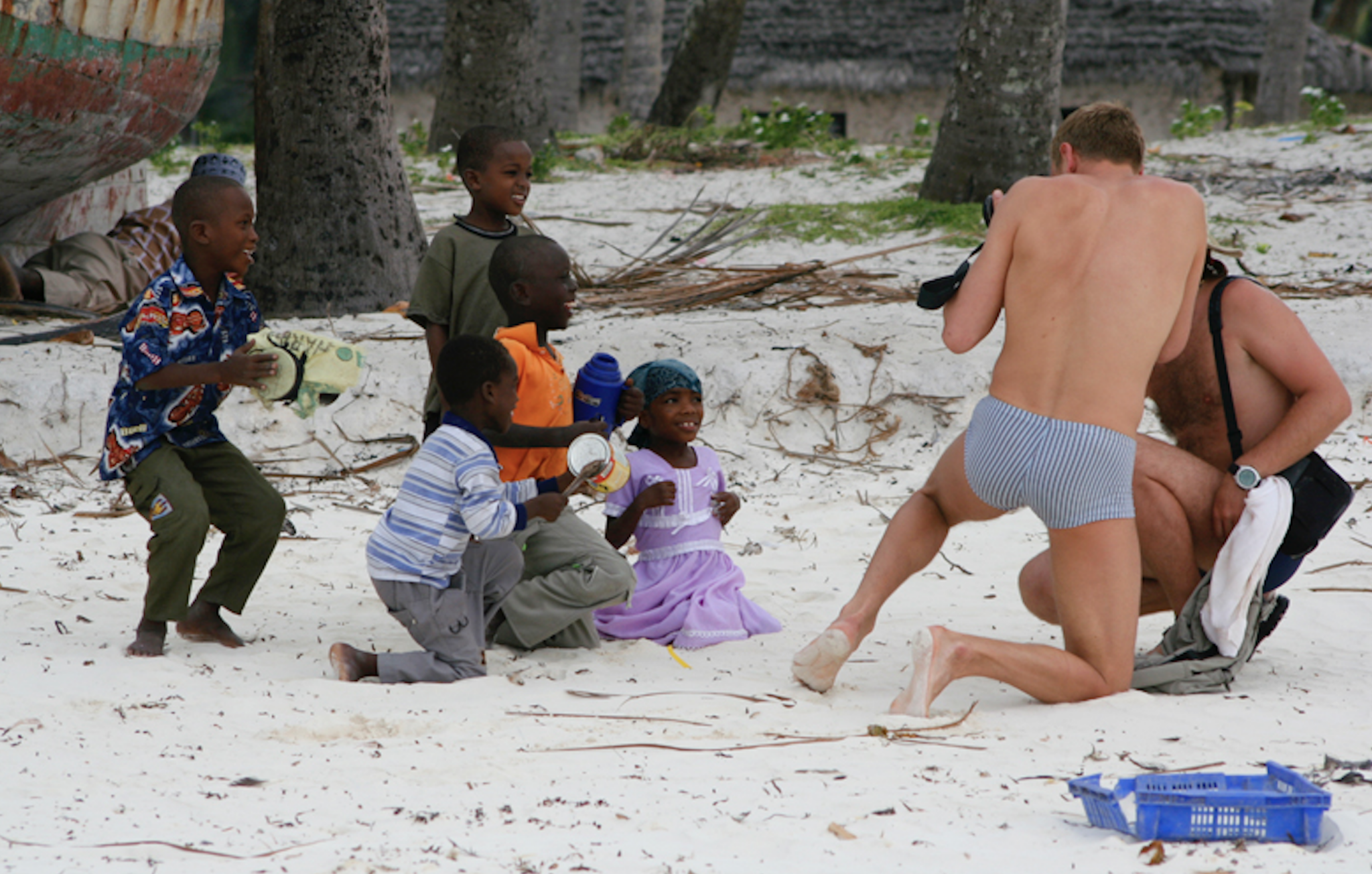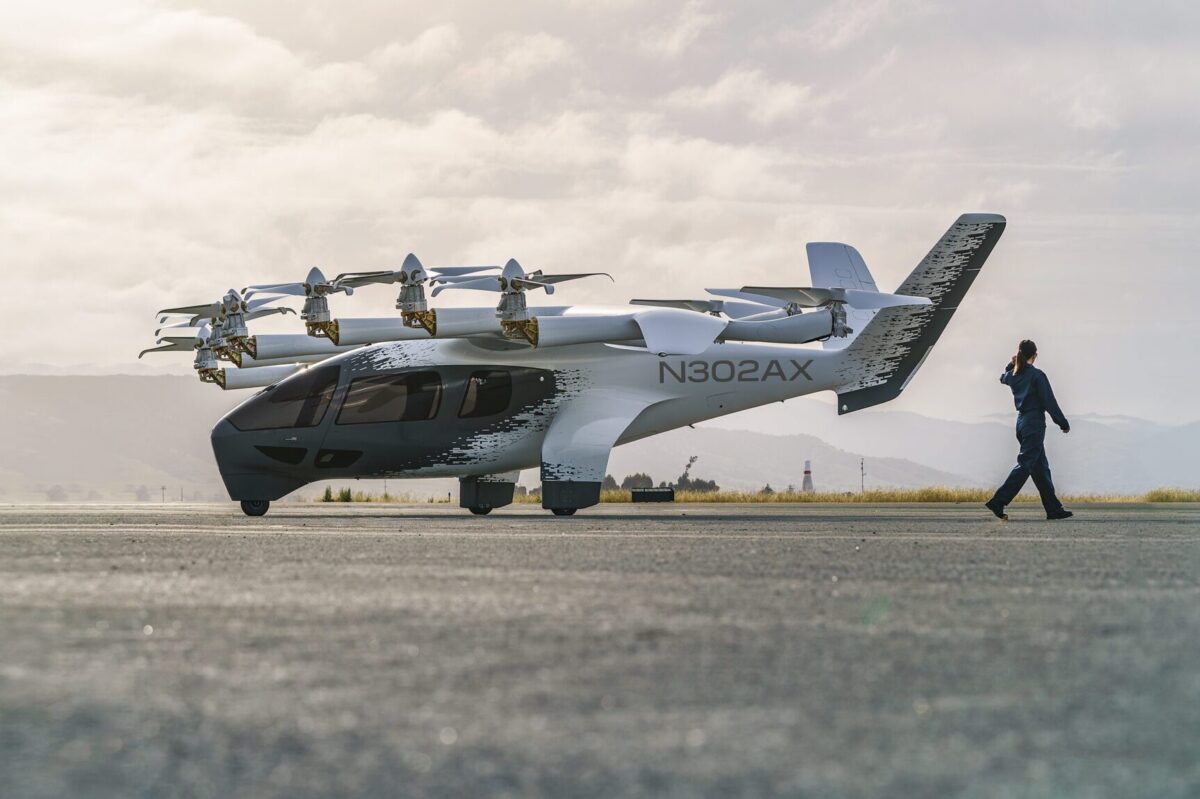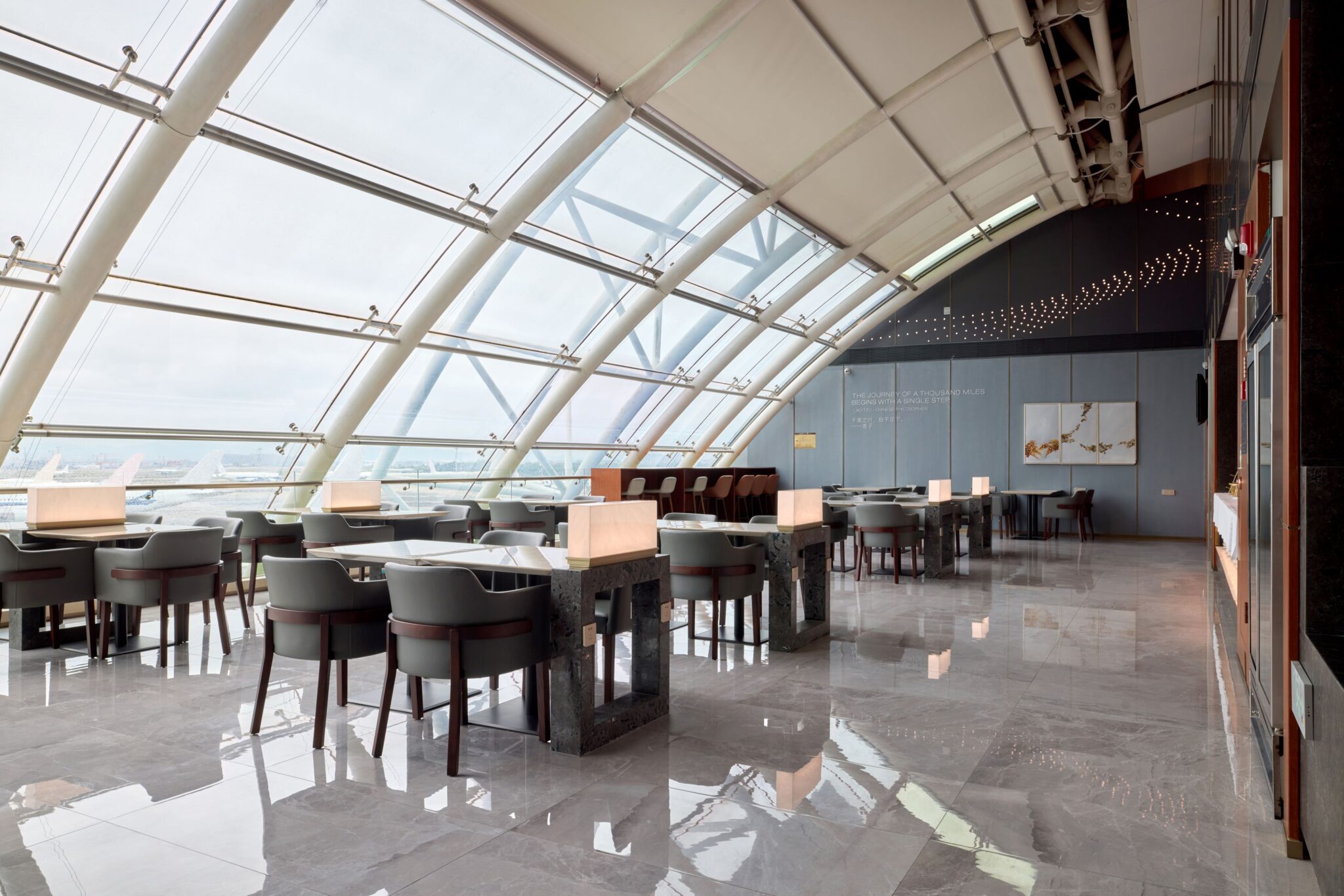The 9/11 pilot’s widow who’s pressing Congress for better cockpit security
Skift Take
A widow of a pilot who died on one of the jets that crashed into the World Trade Center on Sept. 11, 2001, is gaining congressional support in her campaign to add another barrier to airliner cockpits.
Ellen Saracini, widow of United Airlines Flight 175 Captain Victor Saracini, says a flaw persists with cockpit doors, which have been reinforced since 2001 to prevent another attack. She says they’re opened several times during flights, which could let a terrorist get through and seize control.
Pilots’ groups also have called for using secondary barriers to prevent the sort of actions that concern Saracini. U.S. Representative Mike Fitzpatrick, a Pennsylvania Republican, says legislation is needed to complete the job started after the terrorist attacks to ensure another airliner can’t be turned into a guided missile.
“For the minimal cost and the maximum protection provided, this is a no-brainer,” Fitzpatrick said in an interview.
Saracini wrote to President Barack Obama outlining the need for additional cockpit protections in March, a week after the Transportation Security Administration said it planned to let passengers carry now-banned pocket knives aboard on domestic trips. Flight attendants, air marshals and airport screeners came out against the change, prompting a delay by the agency.
Slackening vigilance
The TSA’s move shocked his constituents and defied common sense, Fitzpatrick said. He’s also worried about reports airlines that were voluntarily installing secondary barriers have stopped, citing cost and added weight.
“Twelve years after 9/11, we seem to be getting too complacent,” Fitzpatrick said. “We should be protecting the public. Instead we’re rolling back the protections of 9/11.”
The Air Line Pilots Association, a union, has advocated for regulations on second barriers for years. An industry committee at RTCA Inc., a not-for-profit organization that advises the Federal Aviation Administration, has studied the issue and published guidelines. The guidance is intended to guarantee easy installation and maintenance, and to keep down added weight while ensuring adaptability for future aircraft designs.
The devices would be put in place before the cockpit door is opened, to provide more time for members of the crew to react should someone try to barge in. One barrier shown in a union white paper looks like a fence attached to cabin walls.
At least 10 hijacking attempts since 2007 show the need to do more, according to a congressional fact sheet. Airlines began installing secondary barriers on their own in 2003, while their interest has waned since 2010, it said.
Editors: Ted Bunker, Michael Shepard. To contact the reporter on this story: Jeff Plungis in Washington at [email protected]. To contact the editor responsible for this story: Bernard Kohn at [email protected]. ![]()




